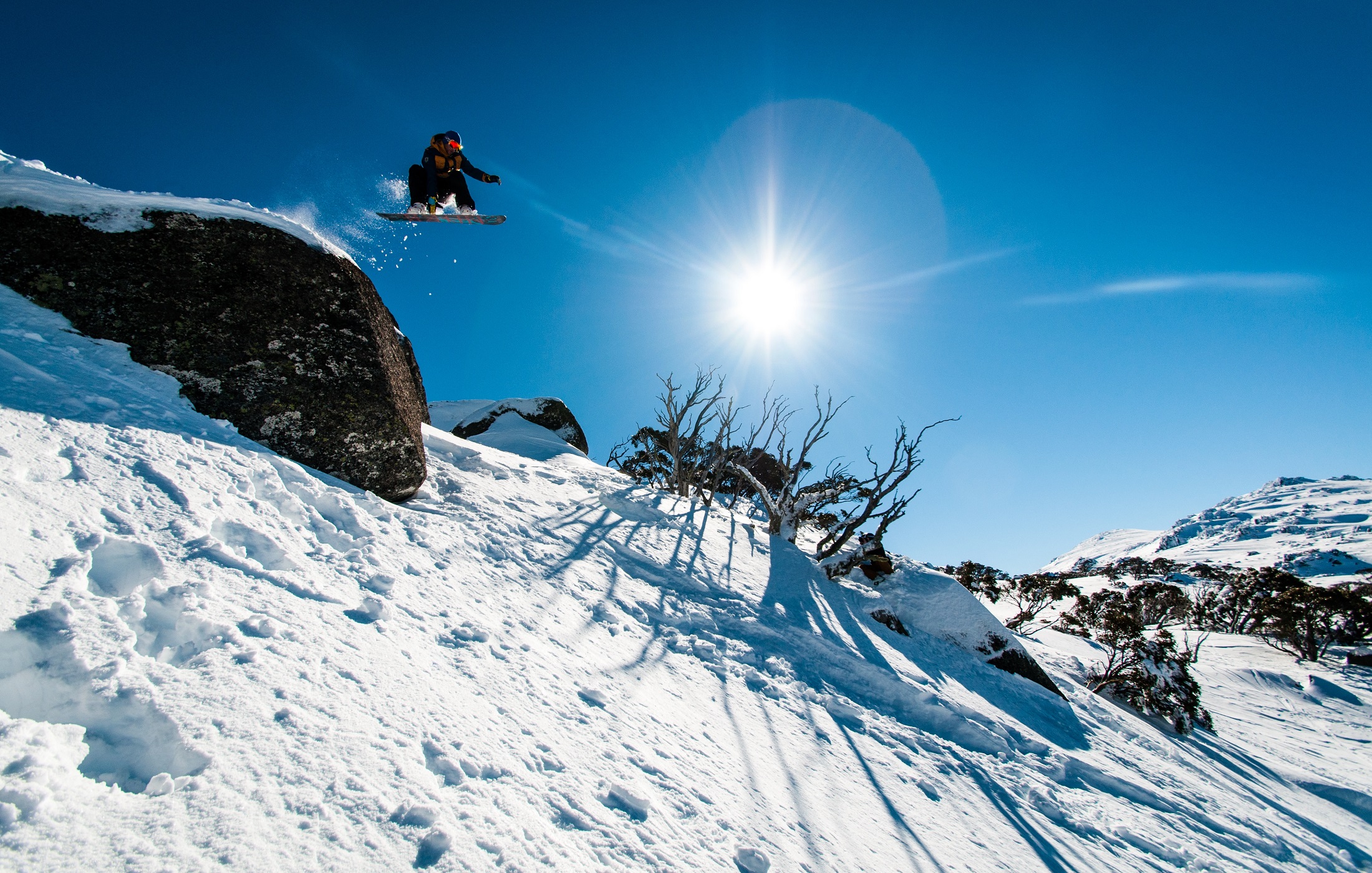Find Out the Ideal Periods of Year to See Snow In Australia For Yourself
Find Out the Ideal Periods of Year to See Snow In Australia For Yourself
Blog Article
Discover the Interesting Effects of Snow in Australia on Neighborhood Ecosystems
Regardless of its track record for sun-soaked landscapes, Australia likewise flaunts regions buried by snow-- a sensation that profoundly affects the country's unique ecological communities. The protecting residential or commercial properties of snows shield plants and fauna among the coldest wintertimes, while the melting snow supports rivers and water life.
The Unanticipated Areas of Snowfall in Australia
Although Australia is often related to sun-scorched landscapes and sandy beaches, particular regions surprisingly experience snowfall. The high country areas of New South Wales, Victoria, and Tasmania are particularly recognized for their winter snow. The Snowy Hills in NSW, for circumstances, get abundant seasonal snow, supplying a plain contrast to the country's regular hot, dry climate. The Victorian Alps and components of Tasmania also see annual snowfalls, transforming the landscape into a winter months wonderland. These locations are not simply anomalies yet integral parts of Australia's diverse environment system. The existence of snow in these regions considerably influences neighborhood ecological communities, subsequently affecting the nation's unique biodiversity. However, the certain effect on Australia's distinctive vegetation will certainly be reviewed in the next area.

How Snow Impacts Australia's Unique Vegetation
While it may seem unusual, snowfall in Australia plays a vital function in forming the nation's unique vegetation. The snow-filled wintertimes foster durability in Australian plant species. This is particularly noticeable in the sub-alpine and towering areas, where snow gums and hill plum-pines prosper. These plants have advanced to endure in severe problems, with snow offering as a protective blanket from freezing temperatures and harsh winds. The snow also adds to the dampness material of the dirt, giving essential hydration for plant life during the completely dry summertime months. Essentially, the snow influences the timing of flowering and seed dispersal, the growth rates, and the survival of lots of plant species, showcasing the complex interplay in between climate and flora in Australia.
The Adaptations of Australian Animal to Snowfall
Simply as Australia's vegetation has adjusted to the wintery conditions, the regional animals as well, display amazing adaptations to the snowfall. Variety like the Mountain Pygmy-possum, the only Australian marsupial known to hibernate, have actually advanced techniques to endure in snowy environments. It utilizes the snow as insulation, hibernating in rock crevices underneath the snow to remain cozy. In a similar way, the Snow Skink, a varieties of lizard, alters its colour to white during winter, offering camouflage against predators. Birds such visit this site as the Snowy Mountains' Crimson Rosella additionally readjust their diet plans to eat available food resources during chillier durations. Hence, regardless of the extreme conditions, Australian fauna shows a durable and adaptive nature, ensuring their survival in areas experiencing snowfall.
The Duty of Snow in Shaping Neighborhood Communities
In shaping the regional communities, the duty of snow in Australia is both multilayered and extensive. Snow supplies a crucial water source, feeding rivers and tanks image source as it thaws, hence sustaining a variety of marine life kinds. The existence of snow forms the vegetation patterns, pet actions, and total sustainability of Australia's special ecosystems.

The Future of Snowfall in Australia: Ramifications and forecasts

Provided the critical function snow plays fit neighborhood communities, the future of snowfall in Australia is drawing increasing attention from ecologists and researchers. Current climate designs predict a substantial decline in snowfall as a result of global warming, with possibly profound effect on regional communities. Less snow could lead to decreased water accessibility in towering areas, adversely affecting wildlife environments and plant life. Furthermore, it might modify the timing of seasonal adjustments, interfering with the life process of many native types. The tourism industry, greatly reliant on the wintertime snow season, might likewise encounter significant obstacles. Recognizing website link these predictions and their ramifications is important to develop efficient preservation strategies, ensuring the preservation of Australia's one-of-a-kind biodiversity and the sustainability of its economic climate.
Verdict
The role of snow in Australia's communities is critical yet commonly neglected. Therefore, the snow in Australia is more than an all-natural phenomenon; it's an important gamer in the nation's environmental narrative.
In spite of its online reputation for sun-soaked landscapes, Australia additionally boasts areas buried by snow-- a sensation that exceptionally affects the country's special ecosystems. It utilizes the snow as insulation, hibernating in rock crevices below the snow to stay warm - Does Australia Get Snow.In shaping the neighborhood environments, the duty of snow in Australia is both multilayered and extensive. The presence of snow shapes the plants patterns, pet habits, and general sustainability of Australia's distinct environments
Given the crucial duty snow plays in forming neighborhood ecological communities, the future of snowfall in Australia is attracting enhancing focus from scientists and ecologists.
Report this page